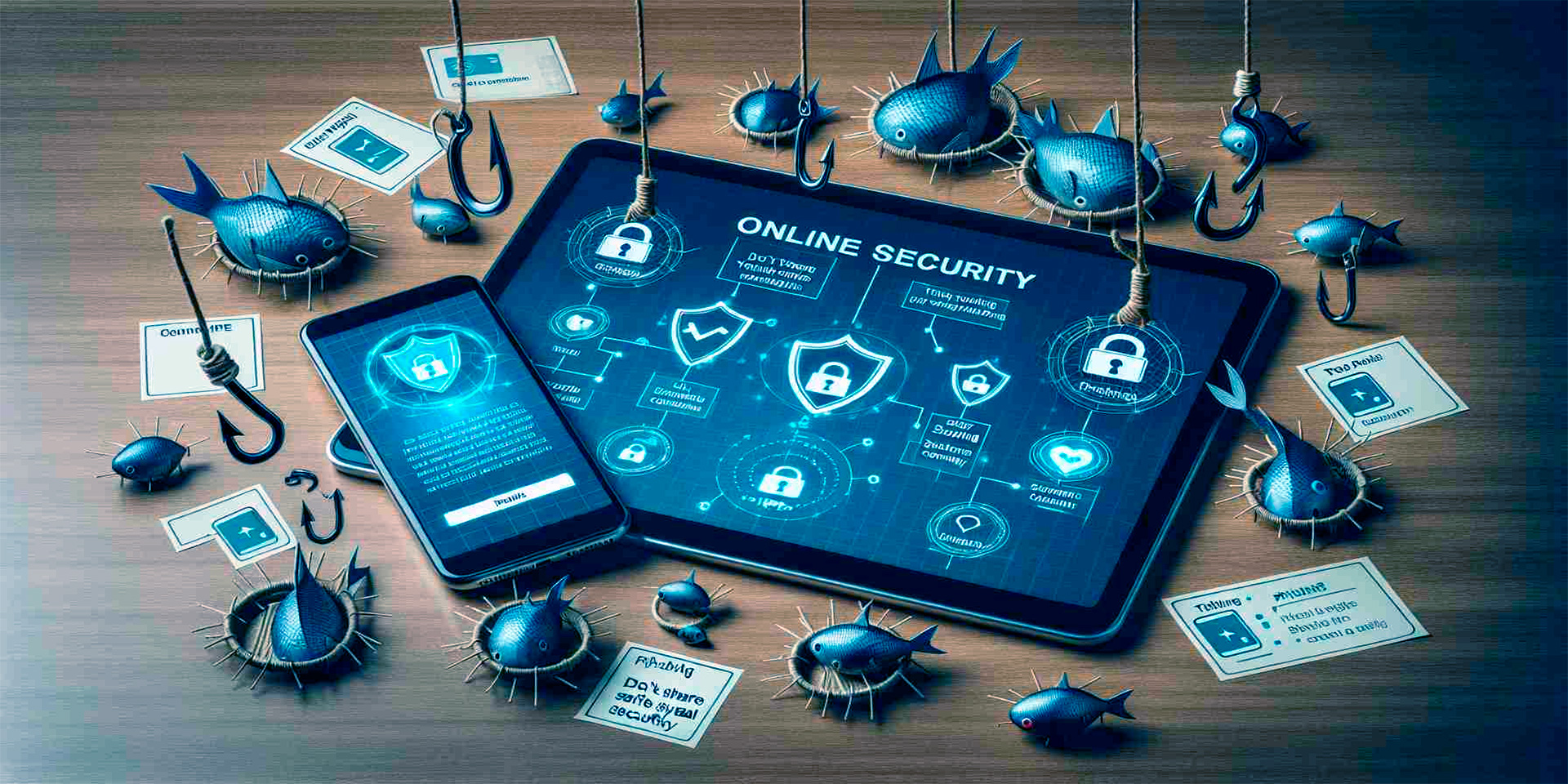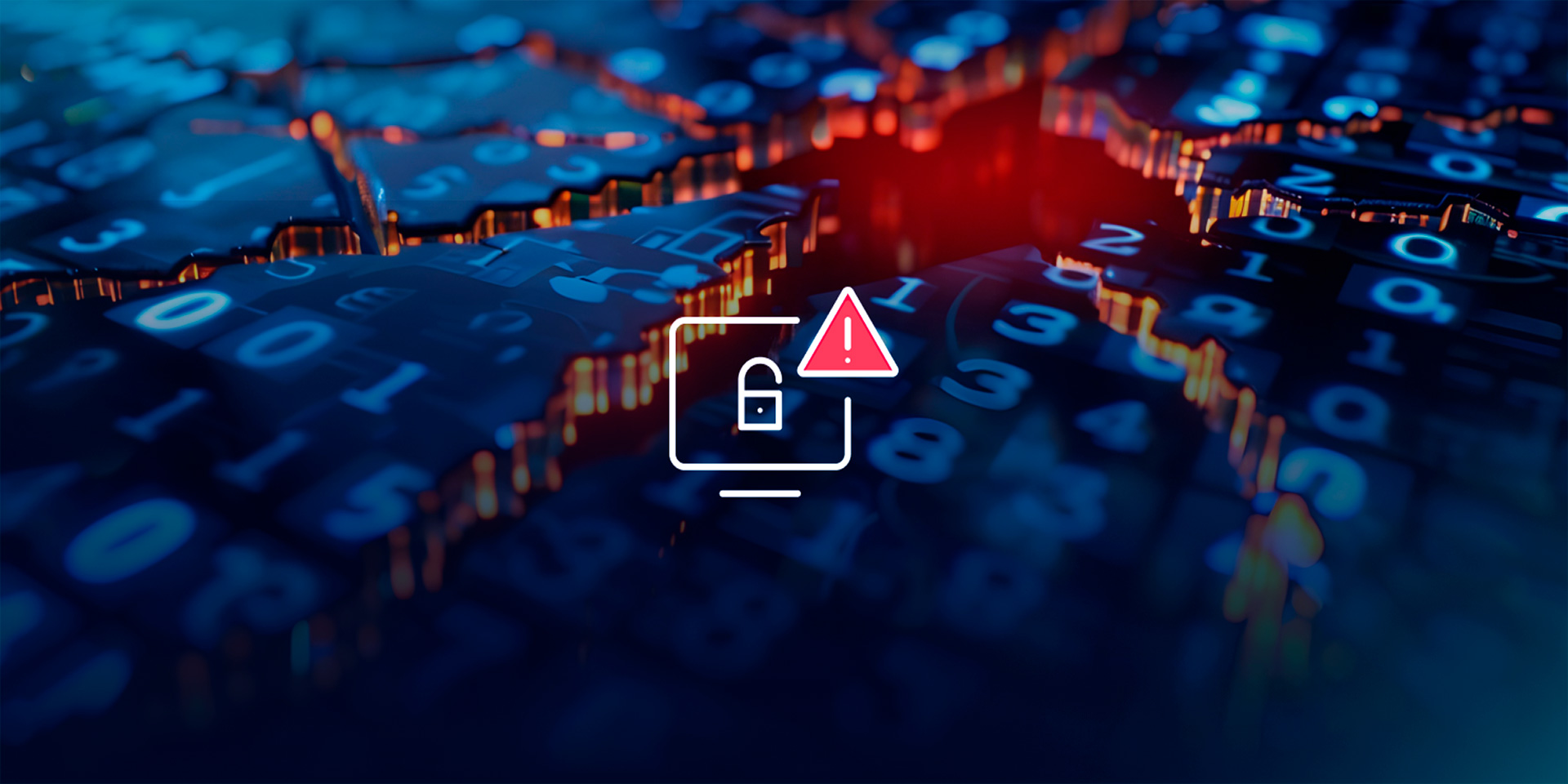Phishing scams are a pervasive and dangerous form of cyber attack that targets individuals and organizations by attempting to steal sensitive information such as login credentials, financial details, and personal data. Recognizing and avoiding these scams is crucial for protecting yourself and your information. This article provides comprehensive guidelines on how to identify phishing scams and prevent falling victim to them.
Understanding Phishing Scams
Phishing scams use deceptive techniques to trick individuals into revealing personal information. These attacks often come in the form of emails, text messages, or websites that appear legitimate but are actually malicious.
Common Characteristics of Phishing Scams
Phishing scams typically share several common characteristics. They often create a sense of urgency, prompting you to act quickly without thinking. These messages might claim that your account has been compromised or that you need to verify your information immediately.
The messages usually contain generic greetings such as “Dear User” instead of your name. This is a red flag, as legitimate organizations will usually address you by your full name.
Phishing emails often include suspicious links or attachments. Hovering over a link without clicking it can reveal the actual URL. If it looks suspicious or doesn’t match the legitimate website, it’s likely a phishing attempt.
Grammatical errors and spelling mistakes are common in phishing messages. Legitimate organizations typically have professional communication standards and avoid such errors.
Recognizing Different Types of Phishing Scams
Phishing scams come in various forms, each designed to exploit different vulnerabilities.
Email Phishing
Email phishing is the most common type of phishing attack. Attackers send fraudulent emails that appear to be from reputable sources, such as banks, social media sites, or online services.
In 2023, phishing attacks accounted for 90% of data breaches, according to a report by Verizon. The email may ask you to click on a link, download an attachment, or provide sensitive information. Always verify the sender’s email address and be cautious of unsolicited requests for personal information.
Spear Phishing
Spear phishing targets specific individuals or organizations, making it more personalized and convincing. Attackers often research their targets and use information like names, job titles, and personal details to craft more believable messages.
A study by Proofpoint found that 88% of organizations experienced spear phishing attacks in 2022. Be wary of any email that seems unusually familiar or requests sensitive information.
Smishing and Vishing
Smishing (SMS phishing) and vishing (voice phishing) are less common but equally dangerous. Smishing involves sending fraudulent text messages, while vishing uses phone calls to trick individuals into providing sensitive information.
According to the Federal Trade Commission (FTC), there was a 40% increase in smishing attacks in 2023. Always verify the identity of the caller or sender and avoid sharing personal information over the phone or through text messages.
Clone Phishing
Clone phishing involves duplicating a legitimate email that the victim has previously received but replacing the attachment or link with a malicious one. This type of phishing relies on the victim’s familiarity with the original email to lower their guard.
Always double-check links and attachments, even if the email appears familiar. Confirm with the sender through a different communication channel if you have any doubts.

Best Practices to Avoid Phishing Scams
Avoiding phishing scams requires vigilance and adherence to best practices designed to protect your information.
Verify the Sender
Always verify the sender’s email address or phone number. Check for subtle misspellings or discrepancies in the domain name. For example, a phishing email might use “amaz0n.com” instead of “amazon.com.”
Look for HTTPS
Ensure that websites you visit use HTTPS, indicating a secure connection. Look for the padlock symbol in the address bar. Avoid entering sensitive information on websites without HTTPS.
Be Cautious with Links and Attachments
Avoid clicking on links or downloading attachments from unsolicited emails or messages. If you receive an unexpected email from a known contact with a suspicious link, verify its legitimacy with the sender.
Use Multi-Factor Authentication (MFA)
Enable multi-factor authentication (MFA) on your accounts. MFA adds an extra layer of security by requiring a second form of verification, such as a code sent to your phone, in addition to your password.
According to Microsoft, MFA can block 99.9% of automated phishing attacks. Implementing MFA on all your accounts significantly enhances your security.
Regularly Update Software
Keep your software and applications up to date. Security patches and updates often address vulnerabilities that phishing attacks can exploit. Enable automatic updates to ensure you are always protected.
Educate Yourself and Others
Stay informed about the latest phishing tactics and educate others in your organization or household. Regular training and awareness programs can help everyone recognize and avoid phishing scams.
The Anti-Phishing Working Group (APWG) reported that 76% of businesses experienced phishing attacks in 2023, emphasizing the importance of ongoing education.

What to Do If You Fall Victim to a Phishing Scam
Despite best efforts, it’s possible to fall victim to a phishing scam. Knowing how to respond can mitigate the damage.
Immediate Actions
If you suspect you’ve fallen for a phishing scam, take immediate action. Change your passwords for the affected accounts and any other accounts that use the same password. Contact the organization involved to alert them of the potential breach.
Report the Incident
Report the phishing attempt to appropriate authorities. For email scams, forward the email to the Anti-Phishing Working Group at [email protected]. For text message scams, forward the message to 7726 (SPAM).
Reporting the incident helps authorities track and combat phishing attacks, protecting others from falling victim.
Monitor Your Accounts
Regularly monitor your bank accounts, credit cards, and other sensitive accounts for any unusual activity. Consider placing a fraud alert on your credit report to prevent identity theft.
Conclusion
Phishing scams are a significant threat in the digital age, but recognizing and avoiding them is possible with the right knowledge and practices. By staying vigilant, verifying the authenticity of communications, and educating yourself and others, you can protect yourself from falling victim to these malicious schemes. Implementing robust security measures and responding promptly to potential phishing attempts will further enhance your defenses against cyber attacks.




